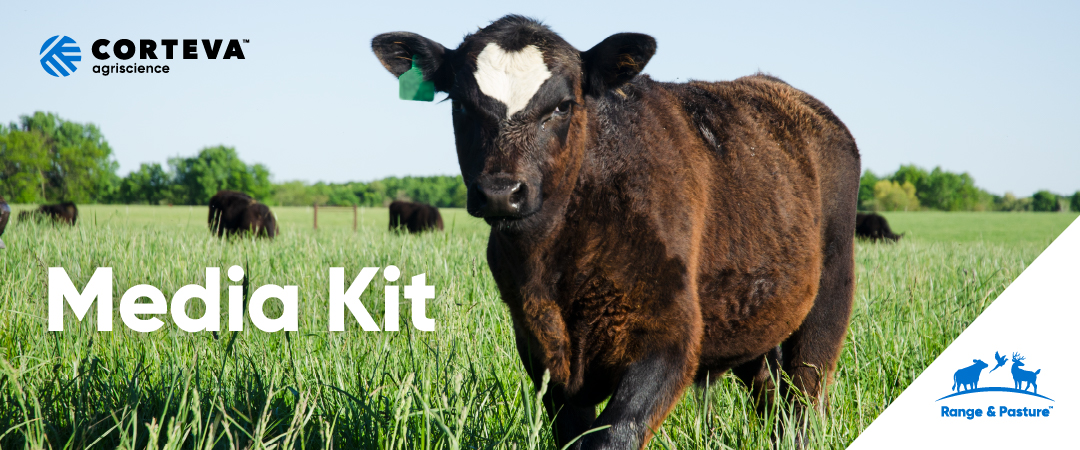
Your one-stop shop for pasture management content
Please utilize the materials listed below to supplement any of your stories or connect with one of our Public Relations team members. They are happy to schedule an exclusive interview with our industry experts and producers. Use the links below to jump to the section of the page you want to visit:
Story Starters
- Improve your pastures’ drought readiness — Although it’s not possible to fully drought-proof pastures, there are steps producers can take to make them drought-resistant. When moisture returns, be ready to maximize every drop.
- Follow the pasture improvement calendar — During the winter snow or the summer sun, there’s always an active to-do list on the ranch — especially when it comes to pasture management. Get tips for managing weeds and brush throughout the year.
- NovaGraz™ herbicide fuels a white clover rush — NovaGraz™ herbicide gives livestock grazers the tool they need to manage broadleaf pasture weeds while preserving valuable white clover and annual lespedeza — and all the benefits. In fact, NovaGraz has spurred a revolution toward increased forage diversity.
Additional Materials
Access exclusive, high-res images, content and logos to complete your stories:

Improve your pastures’ drought readiness
How you manage your grazing land before, during, and after drought plays a vital role in how severely it impacts your operation and how quickly your land and productivity recover.

Follow the pasture improvement calendar
Breaking down your to-dos by season can not only help make that list less intimidating but also help give your weed and brush control program the best chance of success.

NovaGraz™ herbicide fuels a white clover rush
A better answer to an age-old question has renewed interest — and action — among pasture managers looking to establish white clover and annual lespedeza for improved grazing.
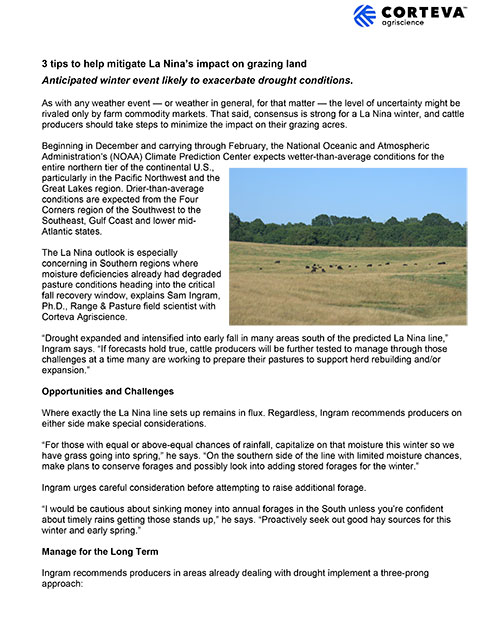
3 tips for managing a La Nina winter
As drought reemerged and expanded late this summer and into fall, the forecast for a La Nina event has the attention of cattle producers. Many will welcome predictions for a good winter moisture across the northern tier of states. The tone is different in the southern U.S. where a warmer, drier outlook threatens valuable grazing land at a time when many producers are gearing up to rebuild or expand their herd.

New NovaGraz™ Herbicide Controls Pasture Weeds, Preserves Valuable White Clover and More
Corteva Agriscience announced that the U.S. Environmental Protection Agency (EPA) has registered NovaGraz™ herbicide. As the only pasture herbicide to give cattle producers broad-spectrum weed control while still preserving white clover and annual lespedeza, NovaGraz meets a long-standing need.
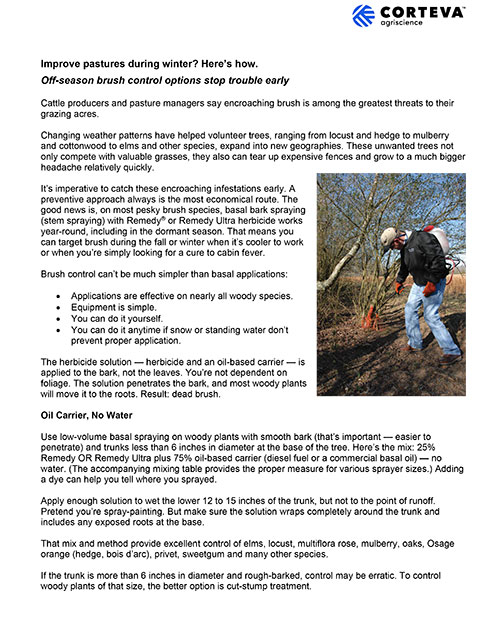
Improve pastures, even during the offseason
The 2024 grazing season presents a great opportunity for cattle producers to get the jump on solidifying their forage base so they’re ready to rebuild or expand their herd with the time is right.
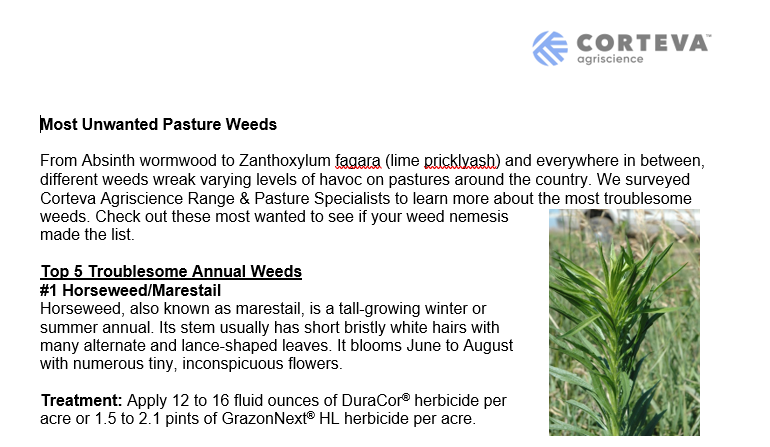
Most Unwanted Pasture Weeds
From Absinth wormwood to Zanthoxylum fagara (lime pricklyash) and everywhere in between, different weeds wreak varying levels of havoc on pastures around the country.
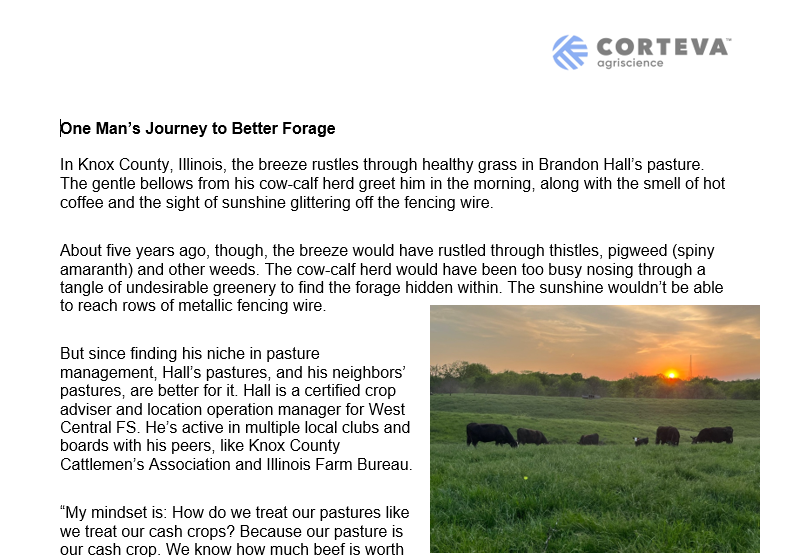
One Man’s Journey to Better Forage
Brandon Hall raises cattle in Illinois and treats his pastures like a cash crop by making pasture management a forethought rather than an afterthought.
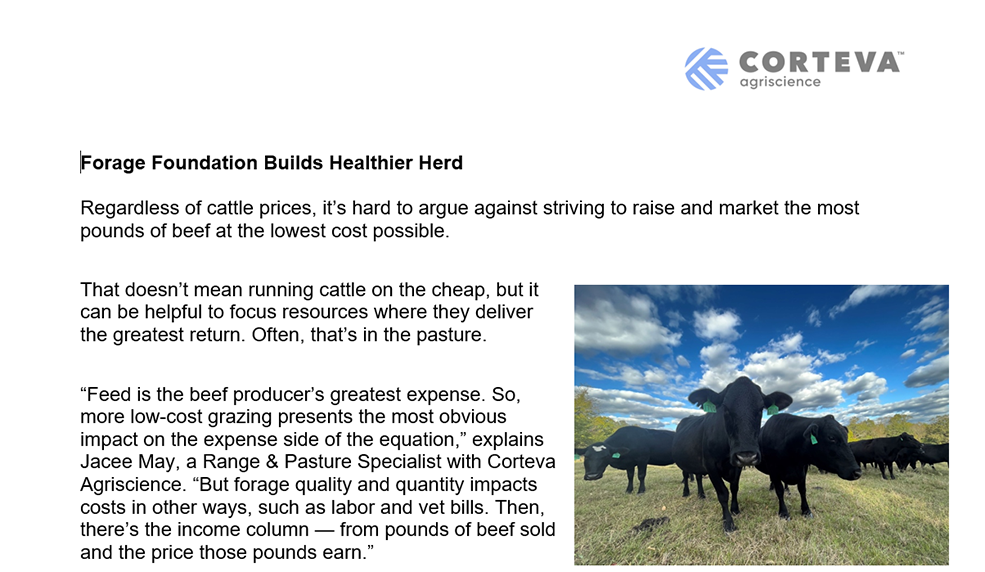
Forage Foundation Builds Healthier Herd
Carter Cattle Company, LLC, the 2022 national winner of the Environmental Stewardship Award, has built their cattle business on forages.
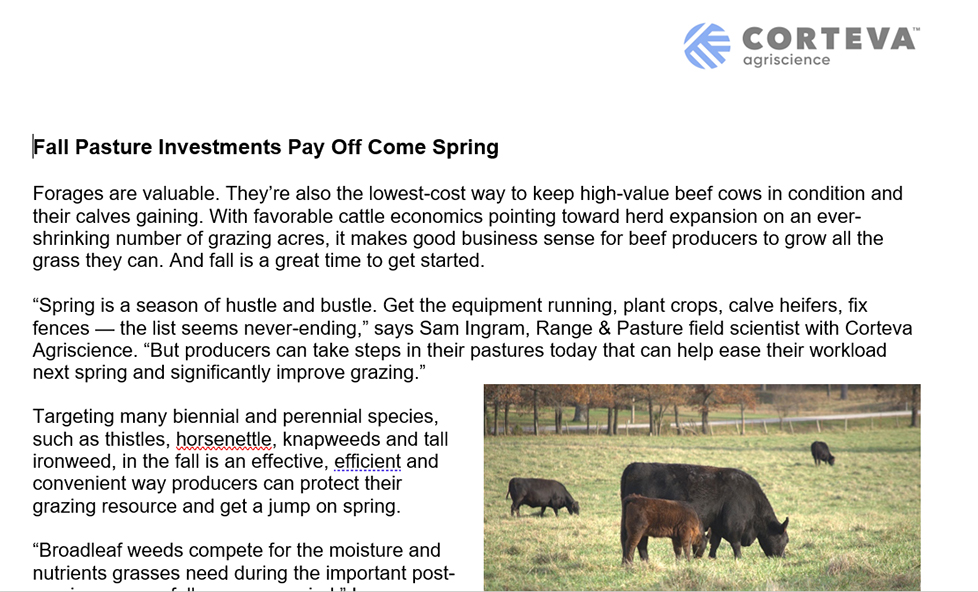
Fall Pasture Investments Pay Off Come Spring
Forages are valuable. They’re also the lowest-cost way to keep high-value beef cows in condition and their calves gaining. With favorable cattle economics pointing toward herd expansion on an ever-shrinking number of grazing acres, it makes good business sense for beef producers to grow all the grass they can. And fall is a great time to get started.
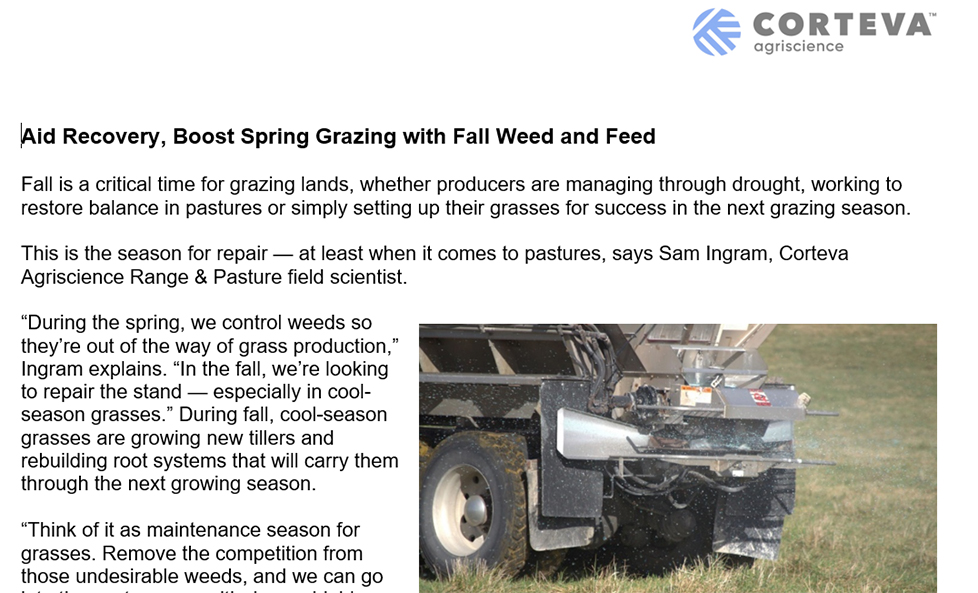
Aid Recovery, Boost Spring Grazing with Fall Weed and Feed
Fall is a critical time for grazing lands. Cool-season grasses recover faster and more completely with proper fertility, and fall is an excellent time to provide those nutrients. This fall, producers can control weeds and fertilize pastures in a single pass, saving time and application expense.
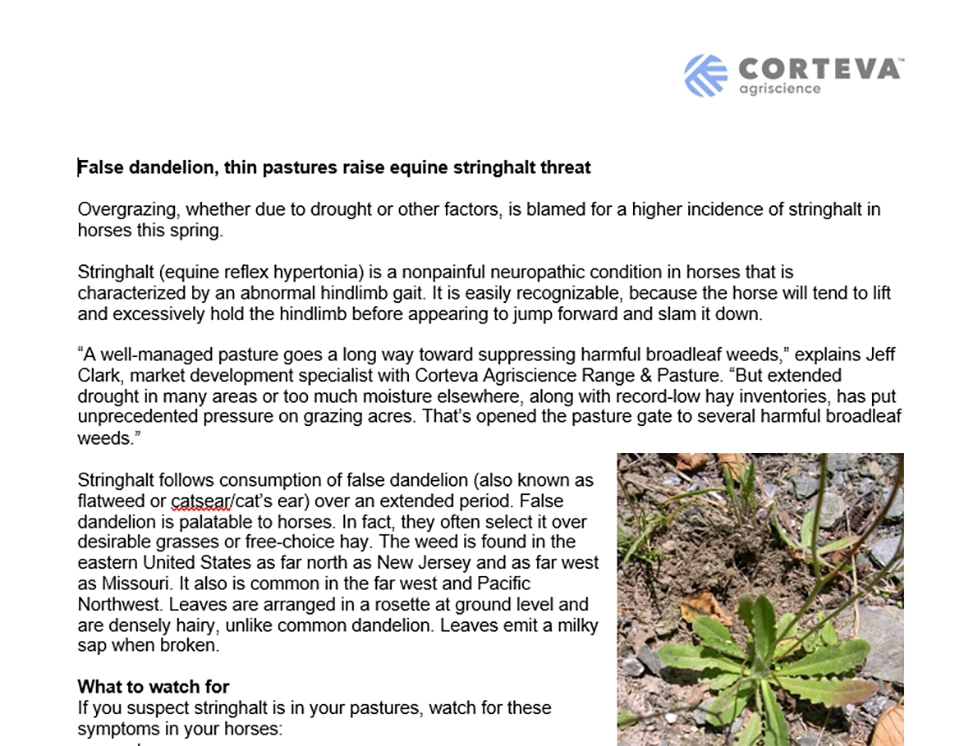
False dandelion, thin pastures raise equine stringhalt threat
Overgrazing, whether due to drought or other factors, is blamed for a higher incidence of stringhalt in horses this spring.
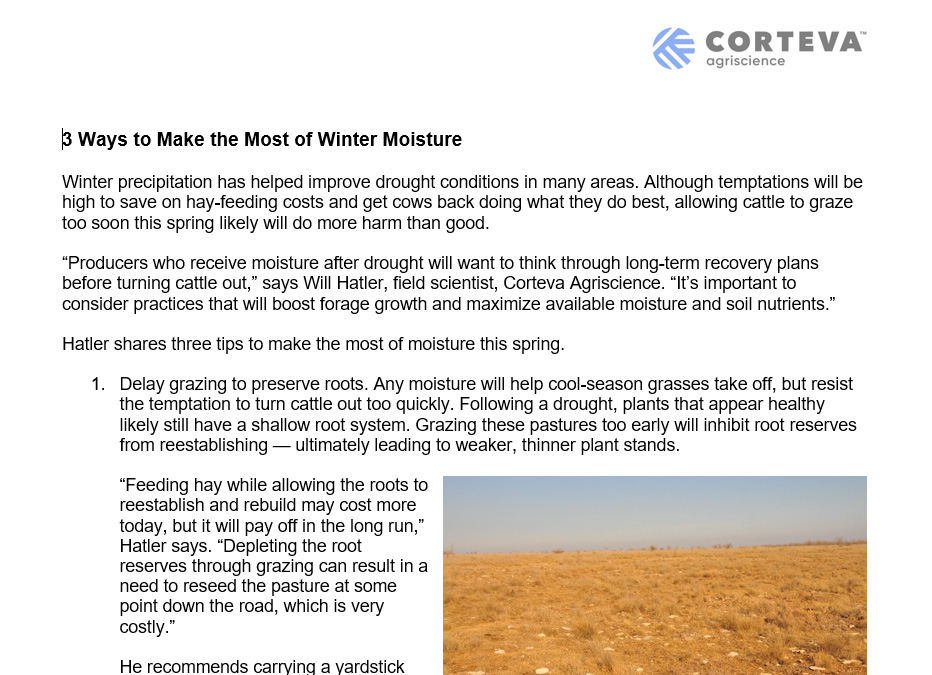
3 Ways to Make the Most of Winter Moisture
Winter precipitation has helped improve drought conditions in many areas. Although temptations will be high to save on hay-feeding costs and get cows back doing what they do best, allowing cattle to graze too soon this spring likely will do more harm than good.
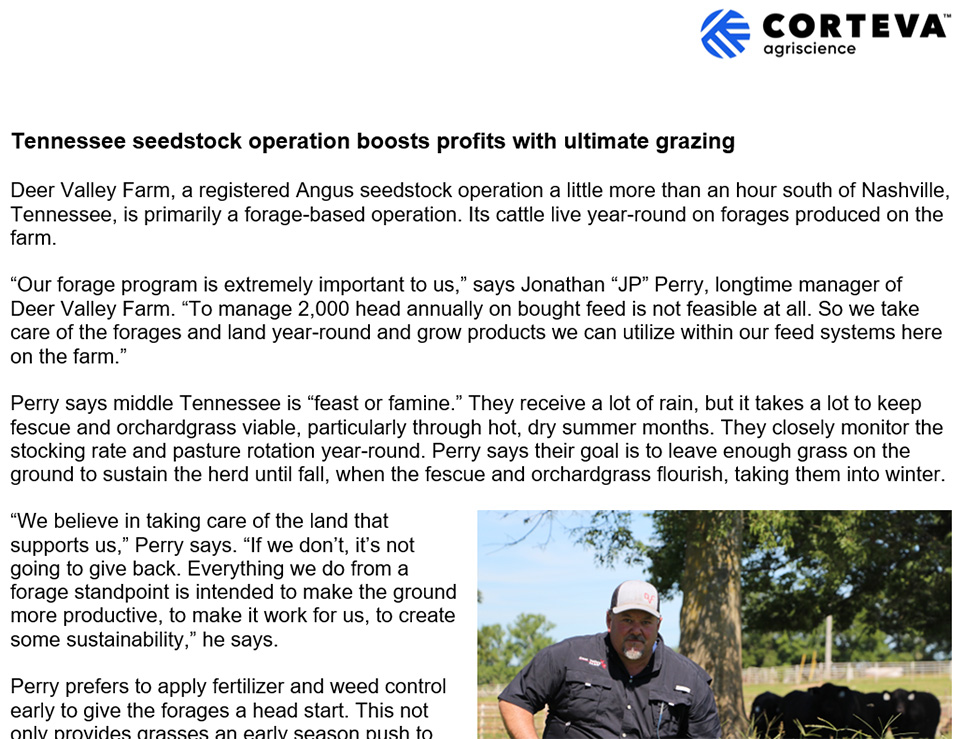
Tennessee seedstock operation boosts profits with ultimate grazing
A focus on grazing and forage production supports the philosophy at Deer Valley Farm of ensuring cattle get the grass and gains they need. Momma cows are healthy, get bred back quickly and are nursing calves — doing the things they’re meant to do.
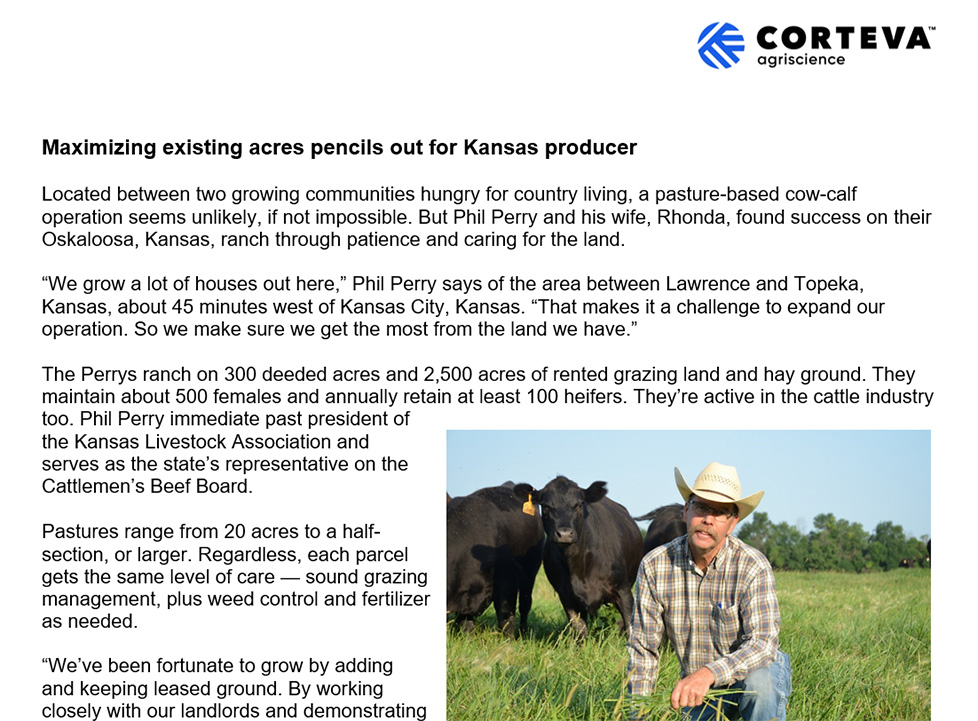
Maximizing existing acres pencils out for Kansas producer
Maintaining and growing a pasture-based cattle operation amid eastern Kansas’ row-crop country can be challenging. Phil Perry found success by ensuring maximum productivity from every grazing acre through sound grazing management, fertility and effective weed control — and earning the trust of landlords.
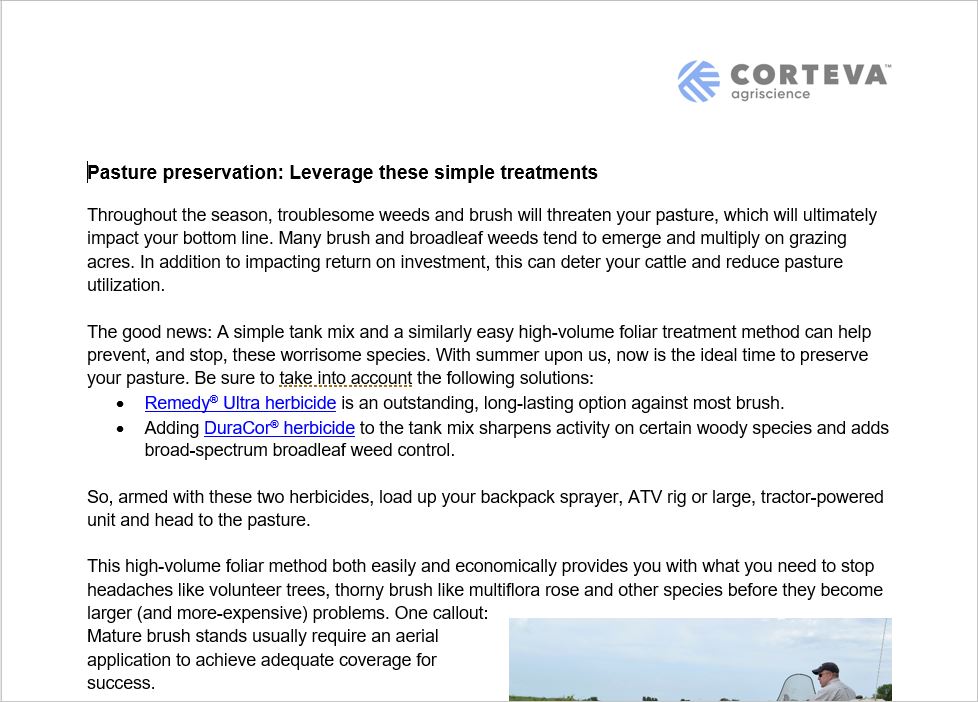
Pasture preservation: Leverage these simple treatments
Throughout the season, troublesome weeds and brush will threaten your pasture, which will ultimately impact your bottom line. Many brush and broadleaf weeds tend to emerge and multiply on grazing acres. In addition to impacting return on investment, this can deter your cattle and reduce pasture utilization.
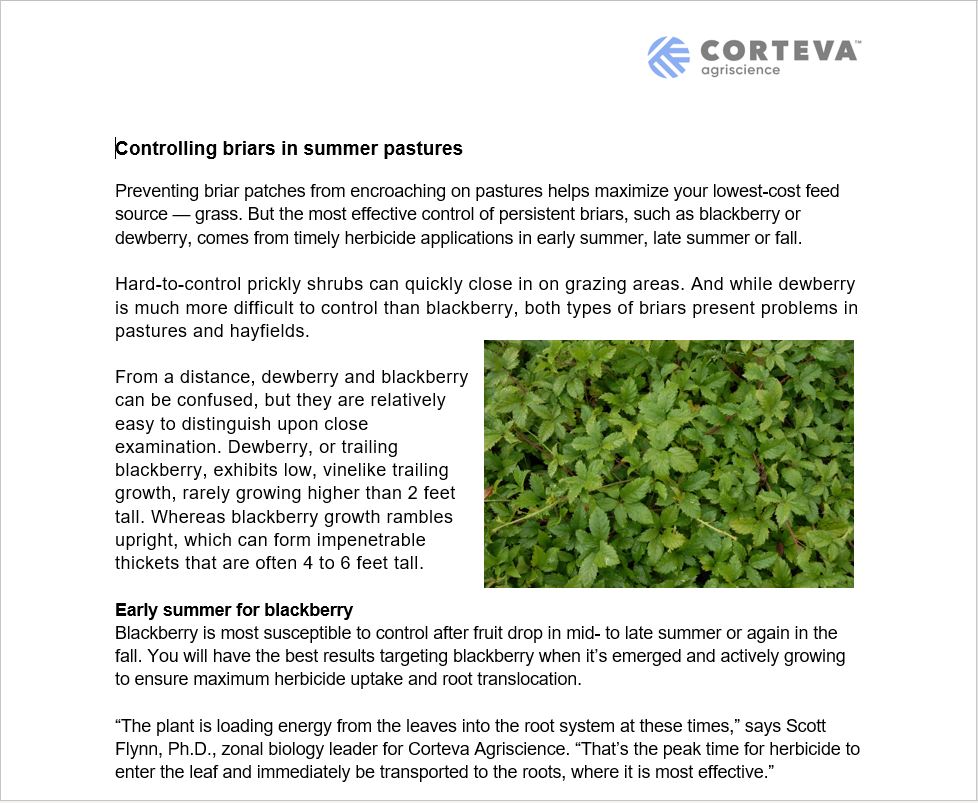
Controlling briars in summer pastures
Preventing briar patches from encroaching on pastures helps maximize your lowest-cost feed source — grass. But the most effective control of persistent briars, such as blackberry or dewberry, comes from timely herbicide applications in early summer, late summer or fall.

Grazing more can help save on feed costs
Higher grain prices, drought-tightened hay inventories and market uncertainty give producers ample incentive to focus on maximizing pasture production for the next grazing season. Growing more, high-quality grazed forages is an excellent cost-containment strategy, and getting control of weeds is a great place to start.
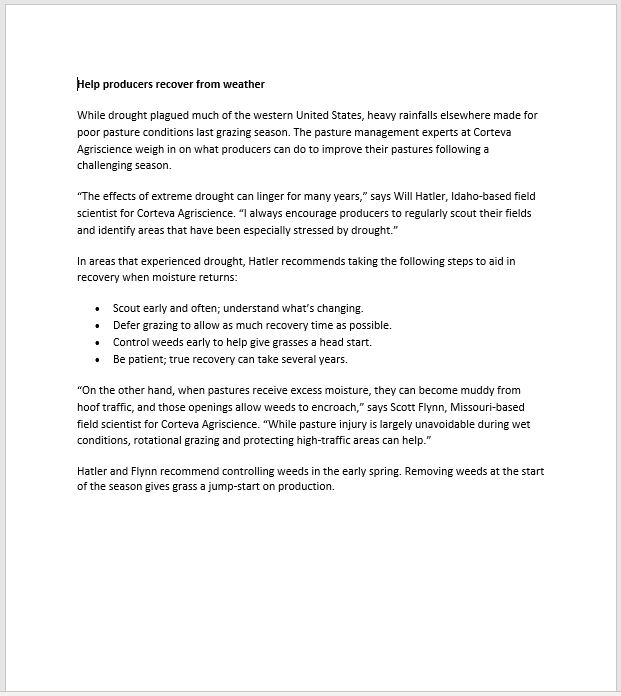
Help producers recover from weather
While drought plagued much of the western United States, heavy rainfalls elsewhere made for poor pasture conditions last grazing season. The pasture management experts at Corteva Agriscience weigh in on what producers can do to improve their pastures following a challenging season.
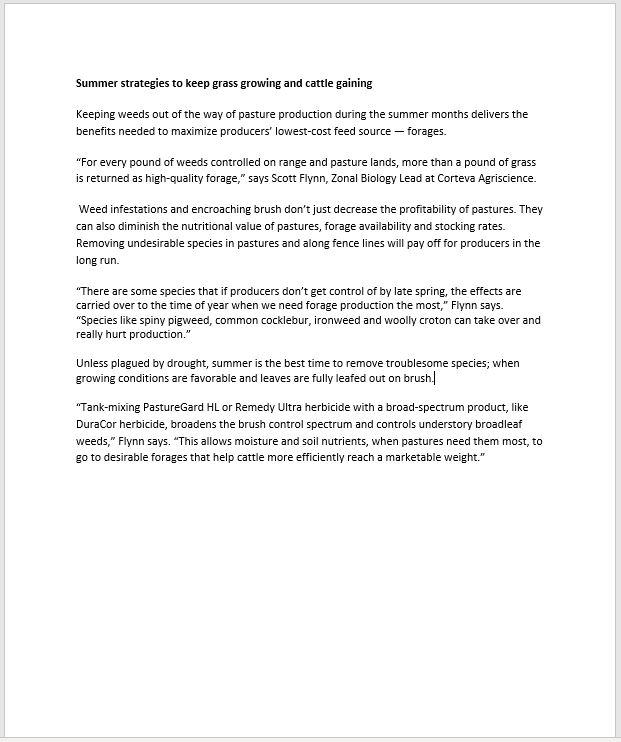
Summer strategies to keep grass growing and cattle gaining
Keeping weeds out of the way of pasture production during the summer months delivers the benefits needed to maximize producers’ lowest-cost feed source — forages.
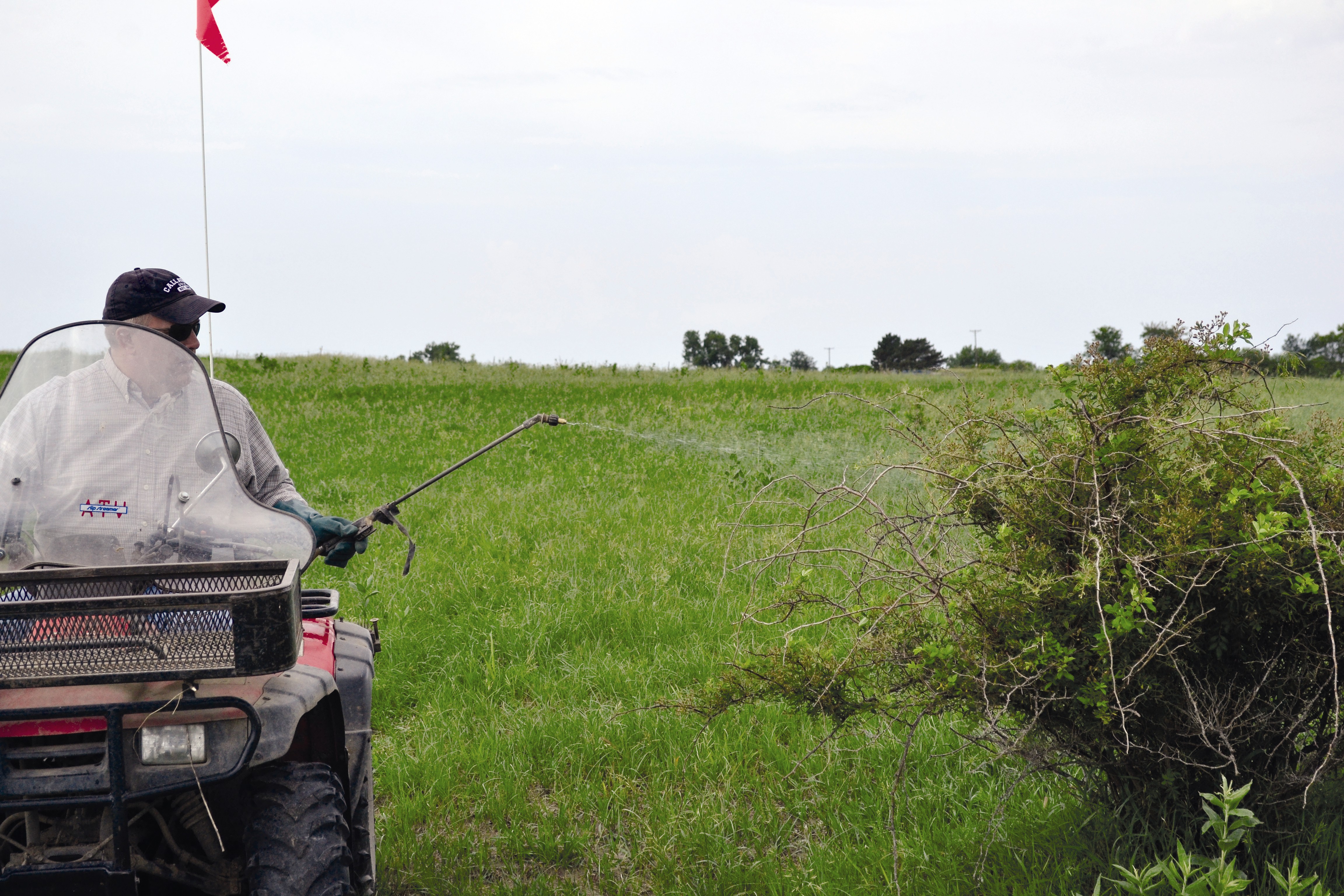
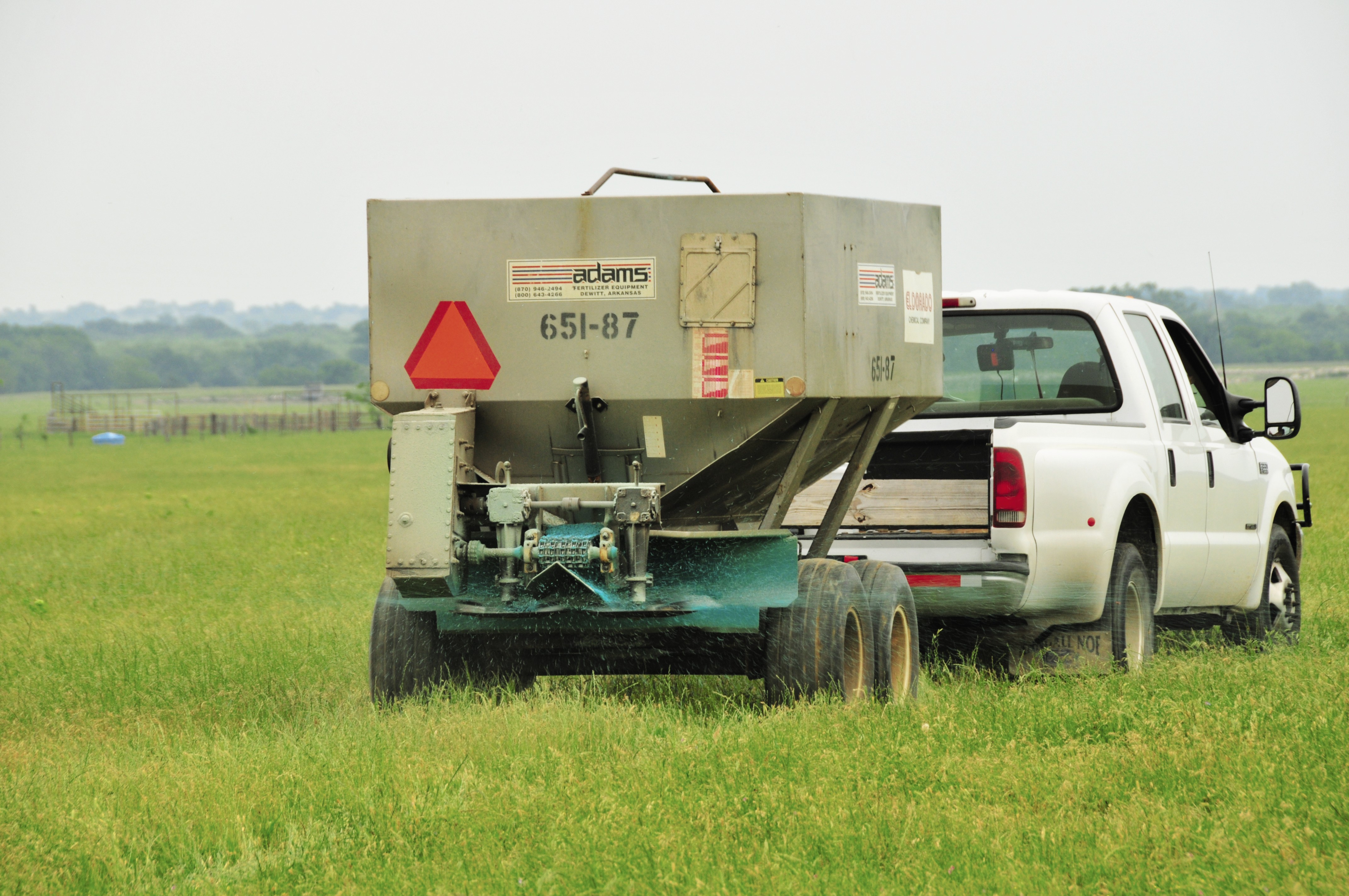
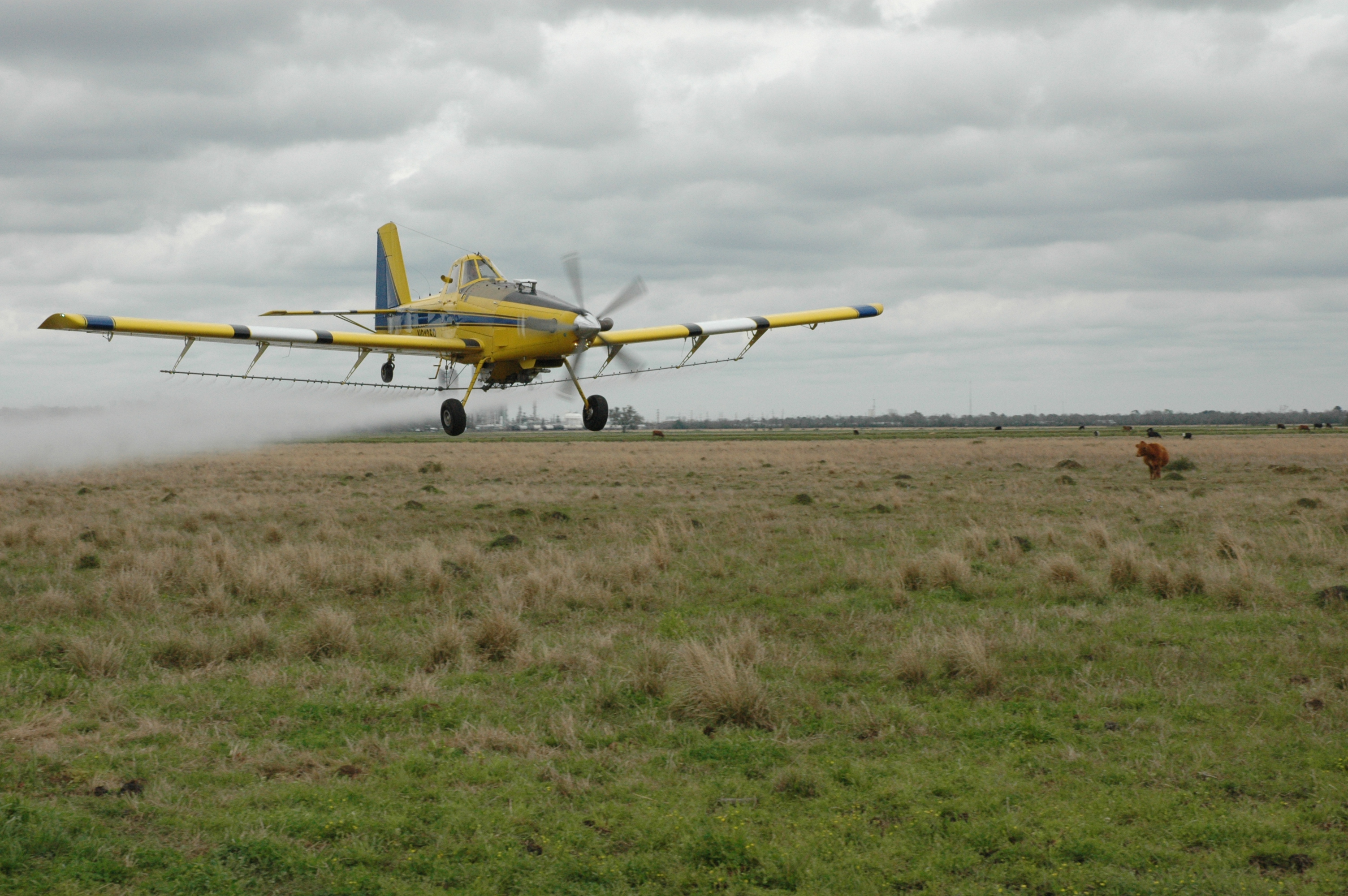
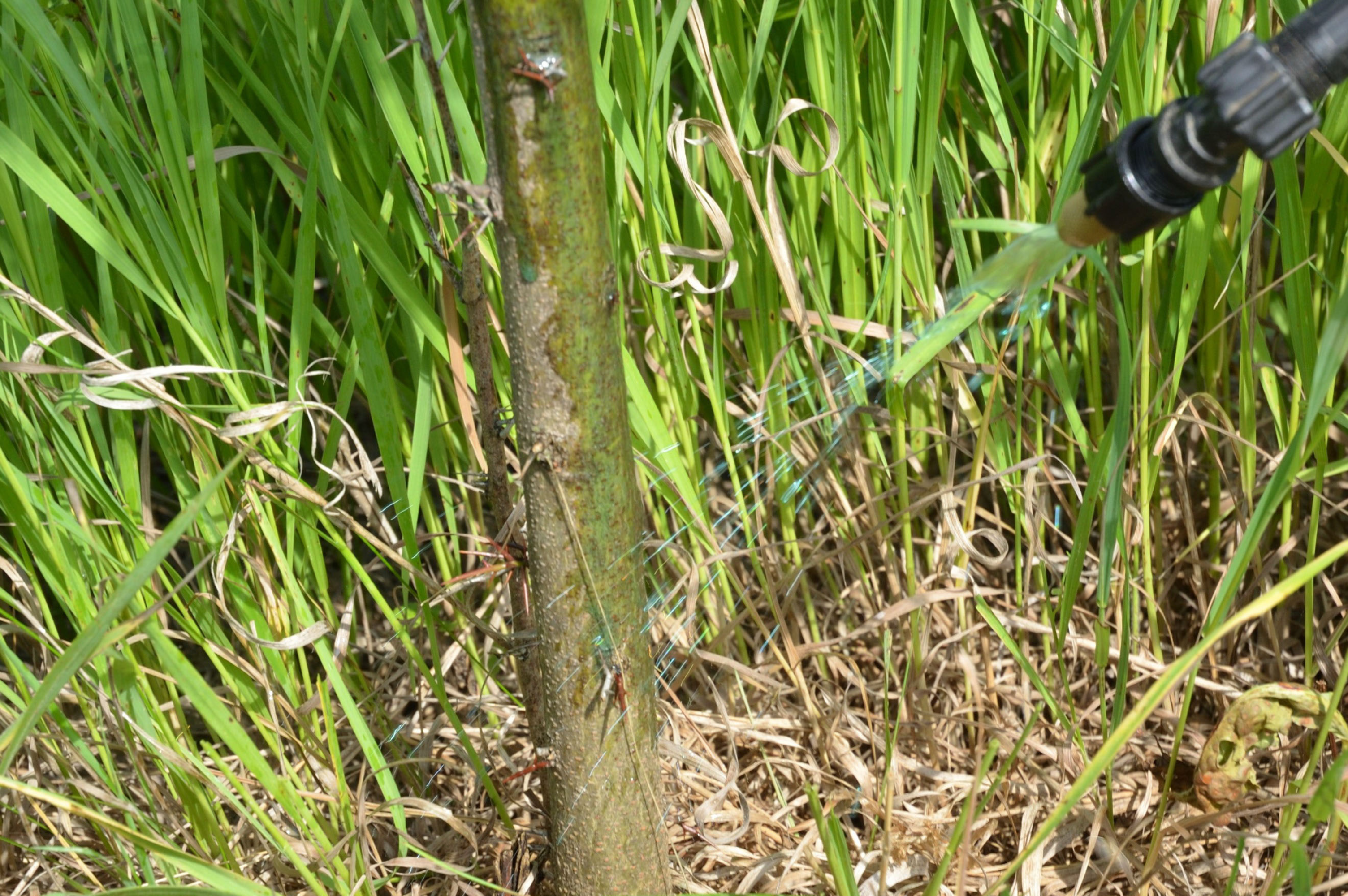
Cattle Shots
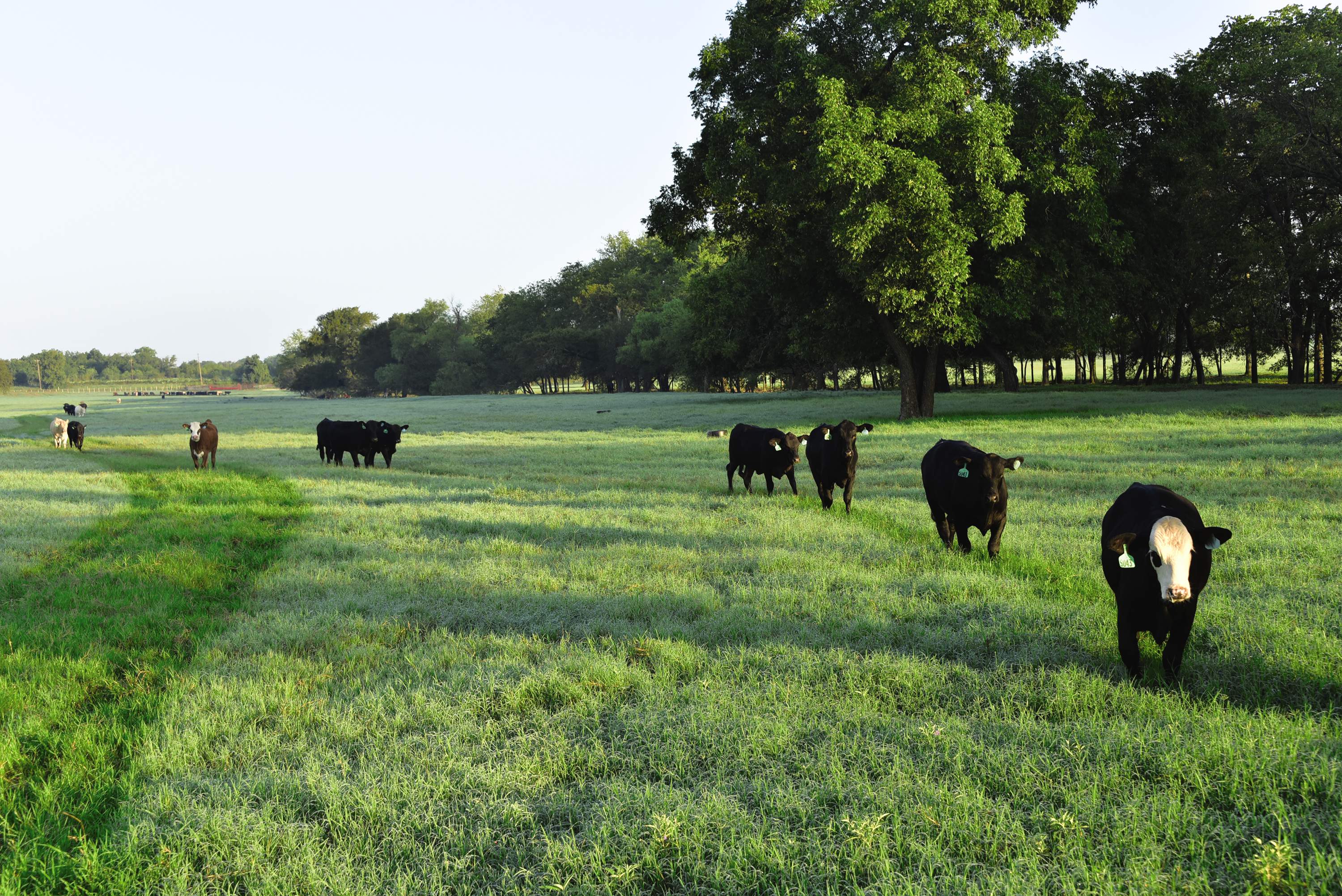
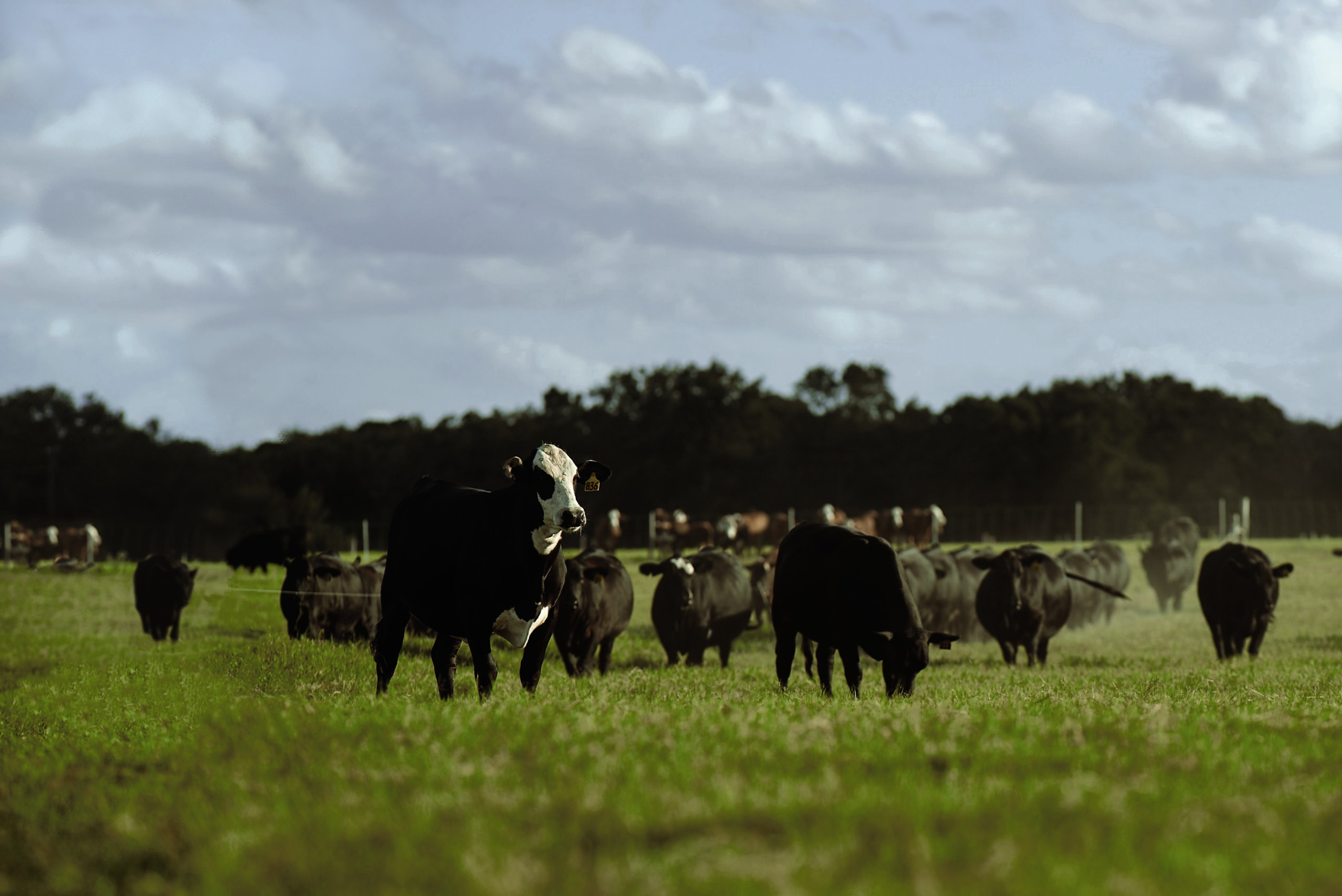
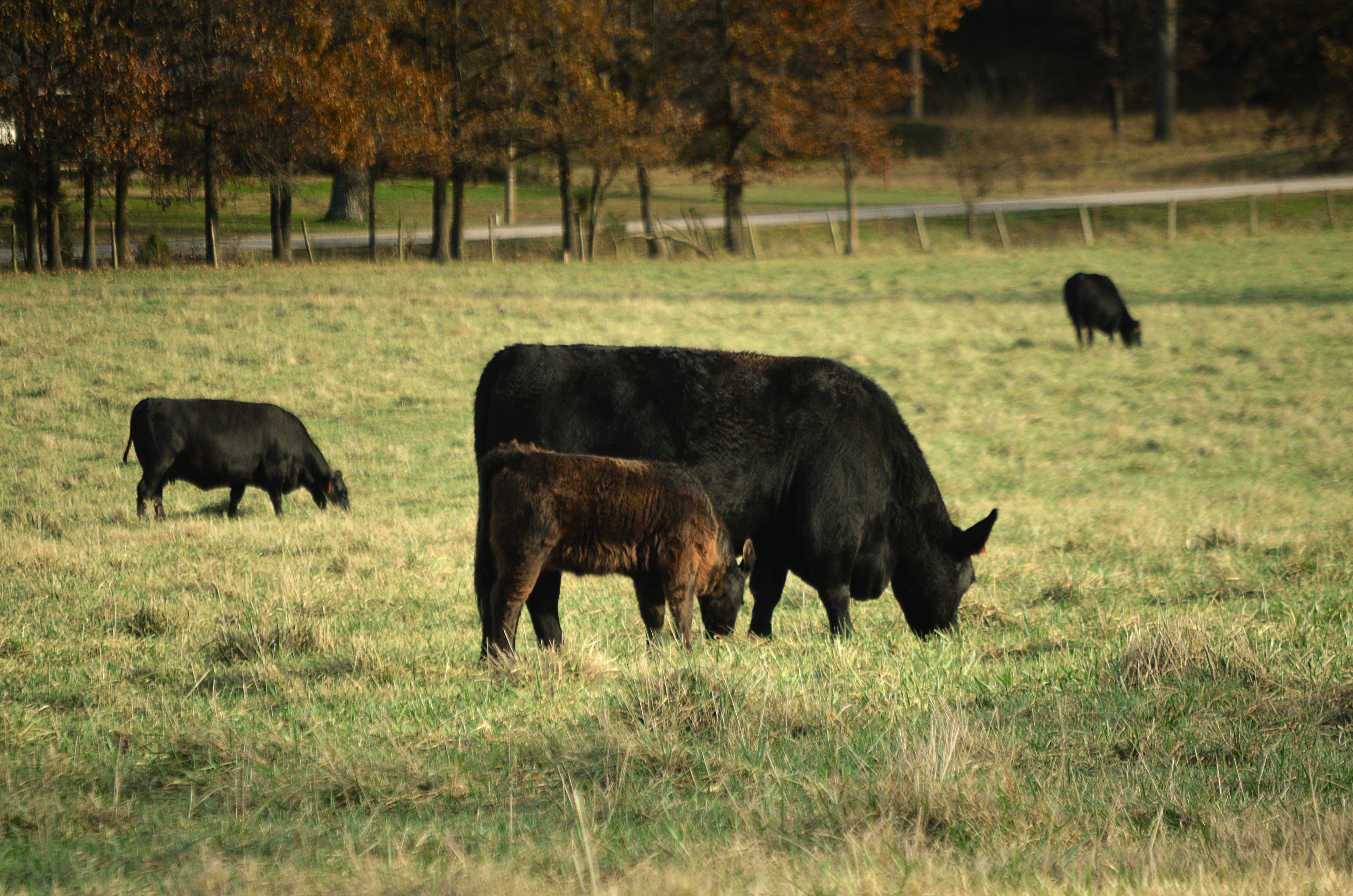
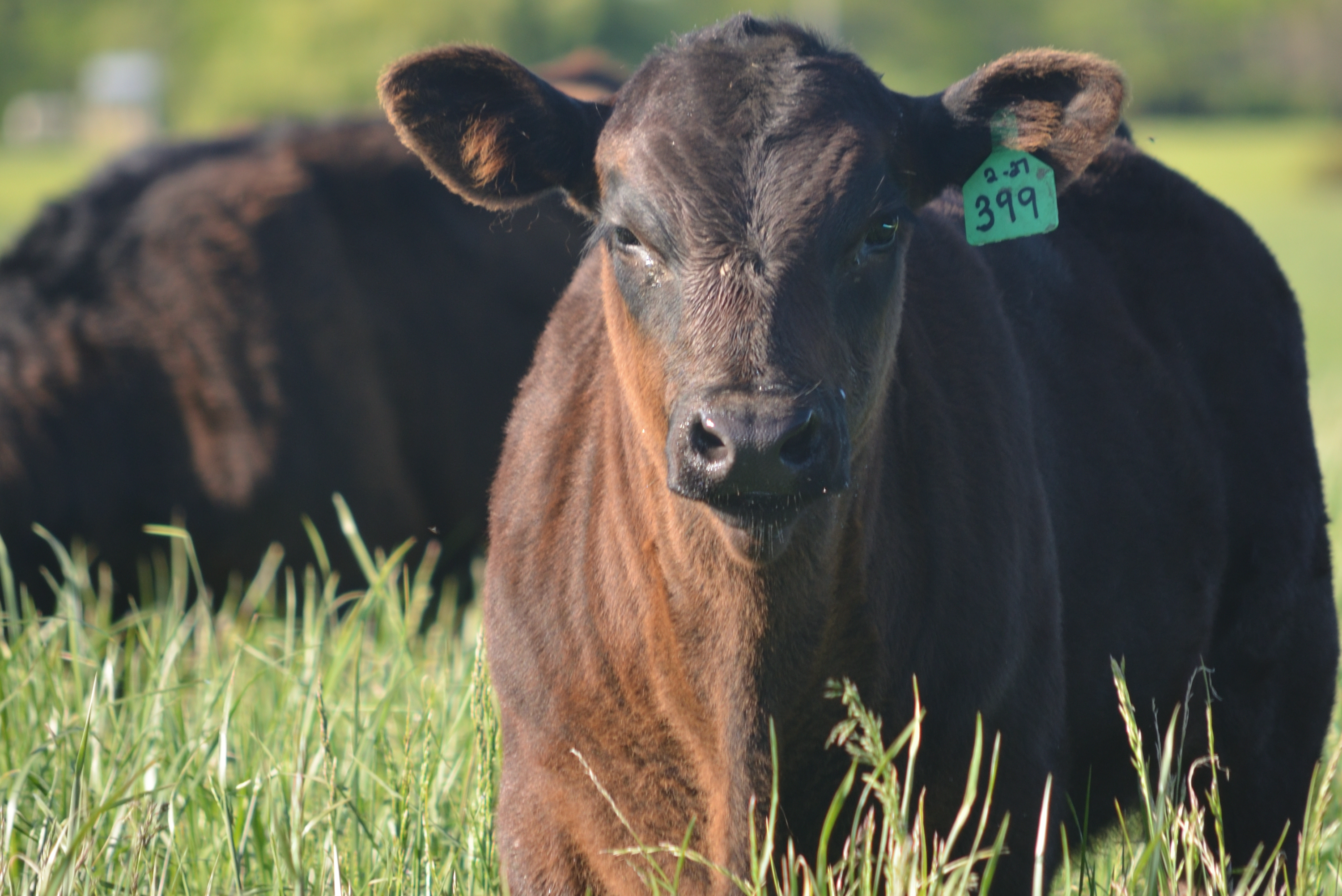
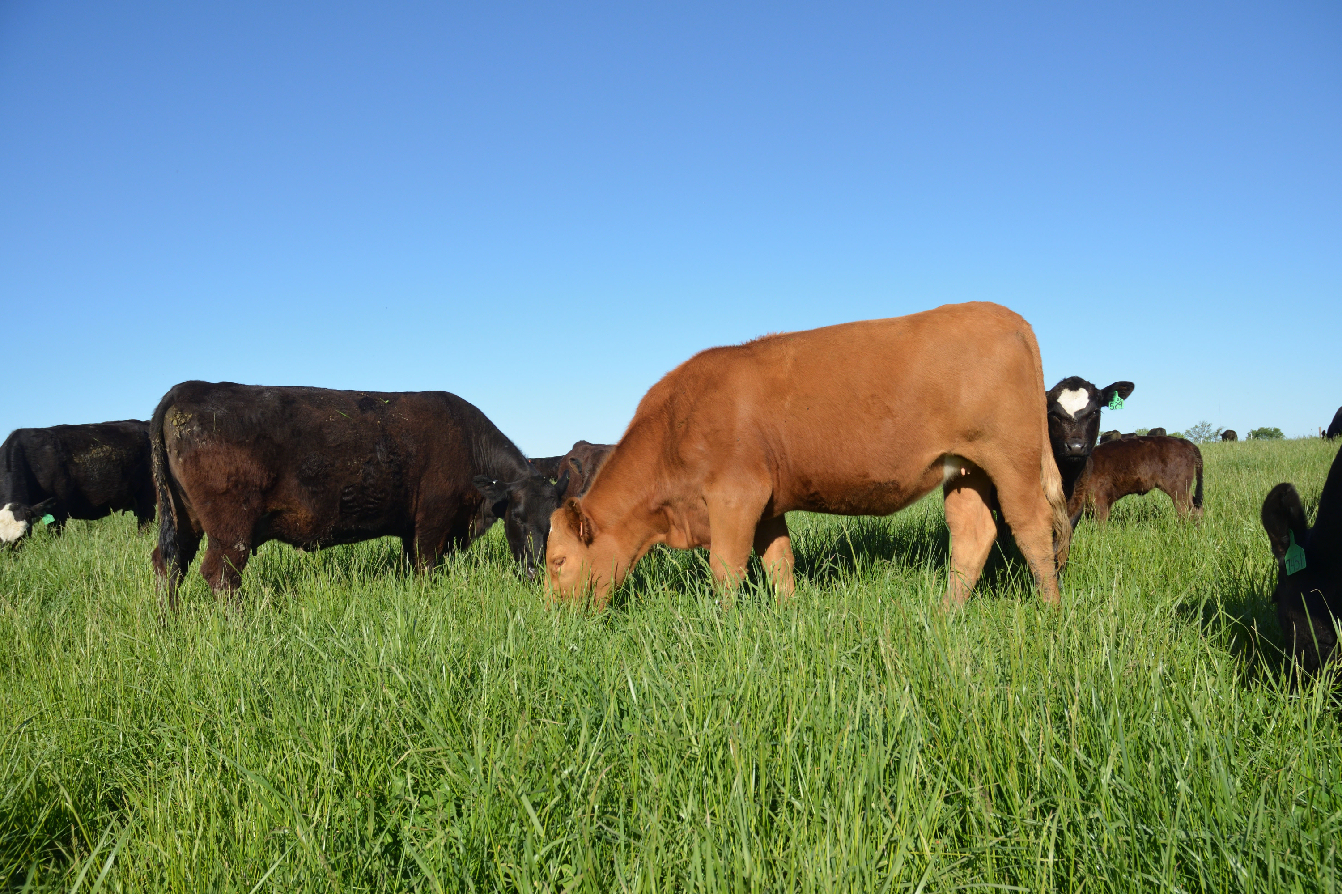
Grass Shots
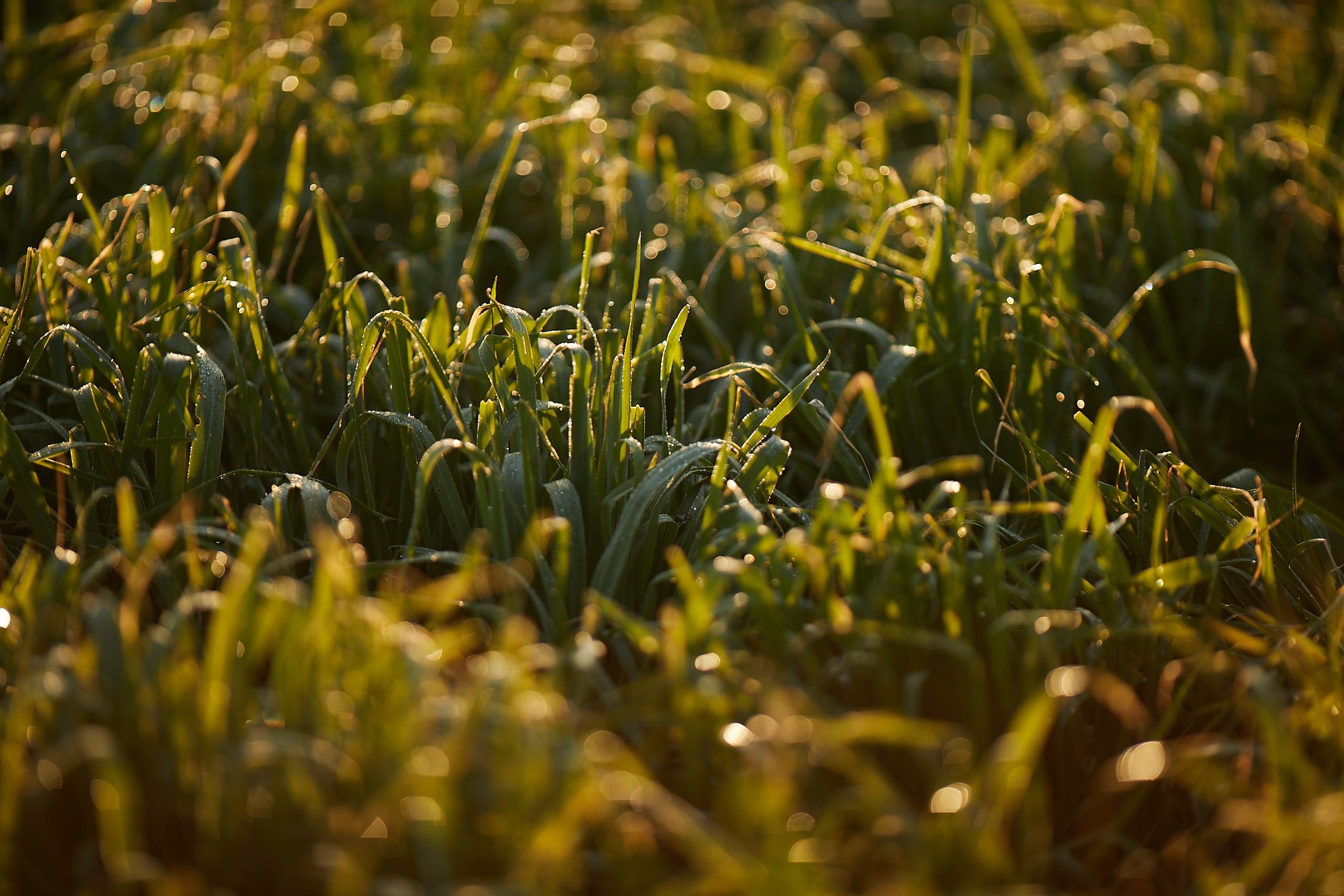
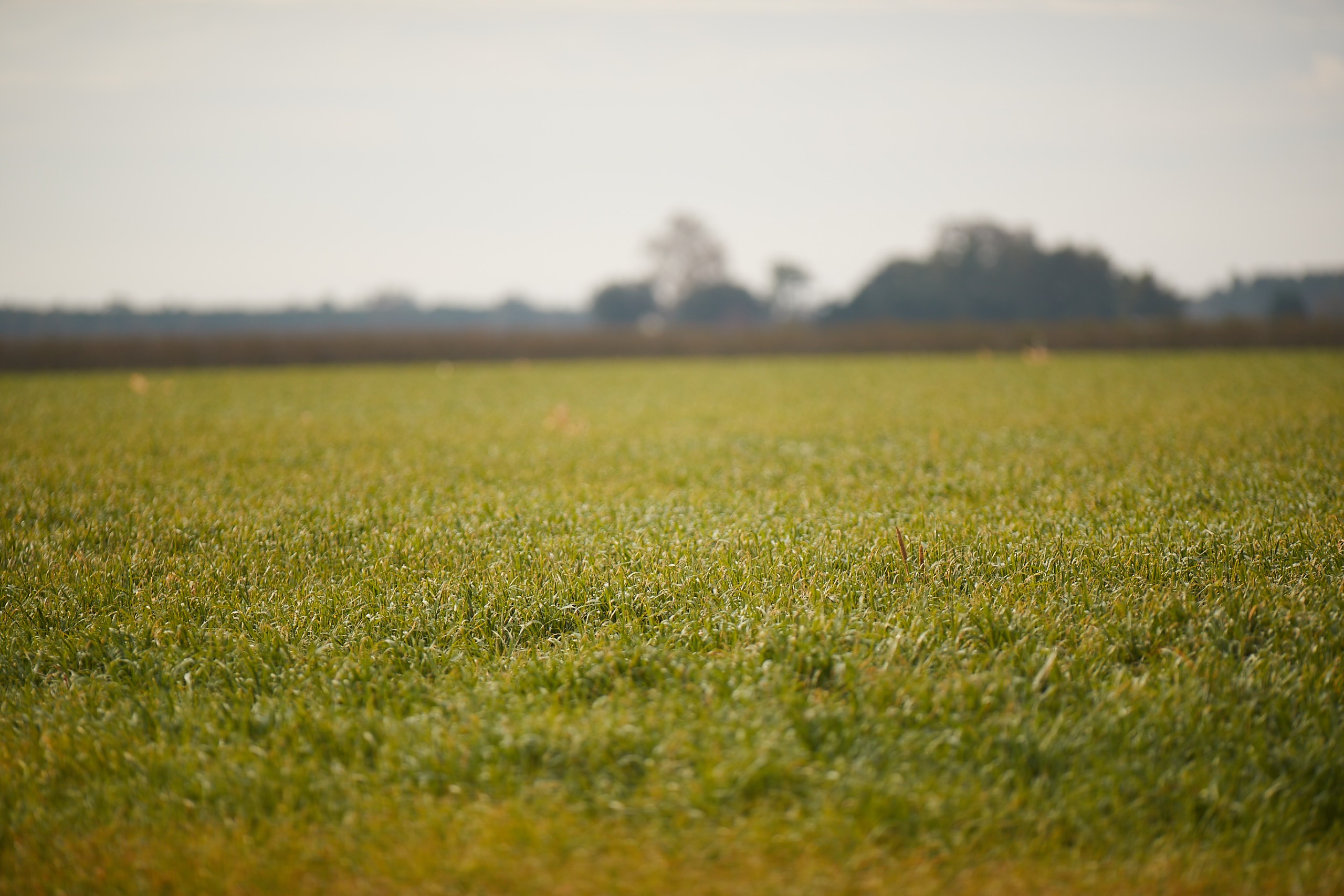
Weed Shots
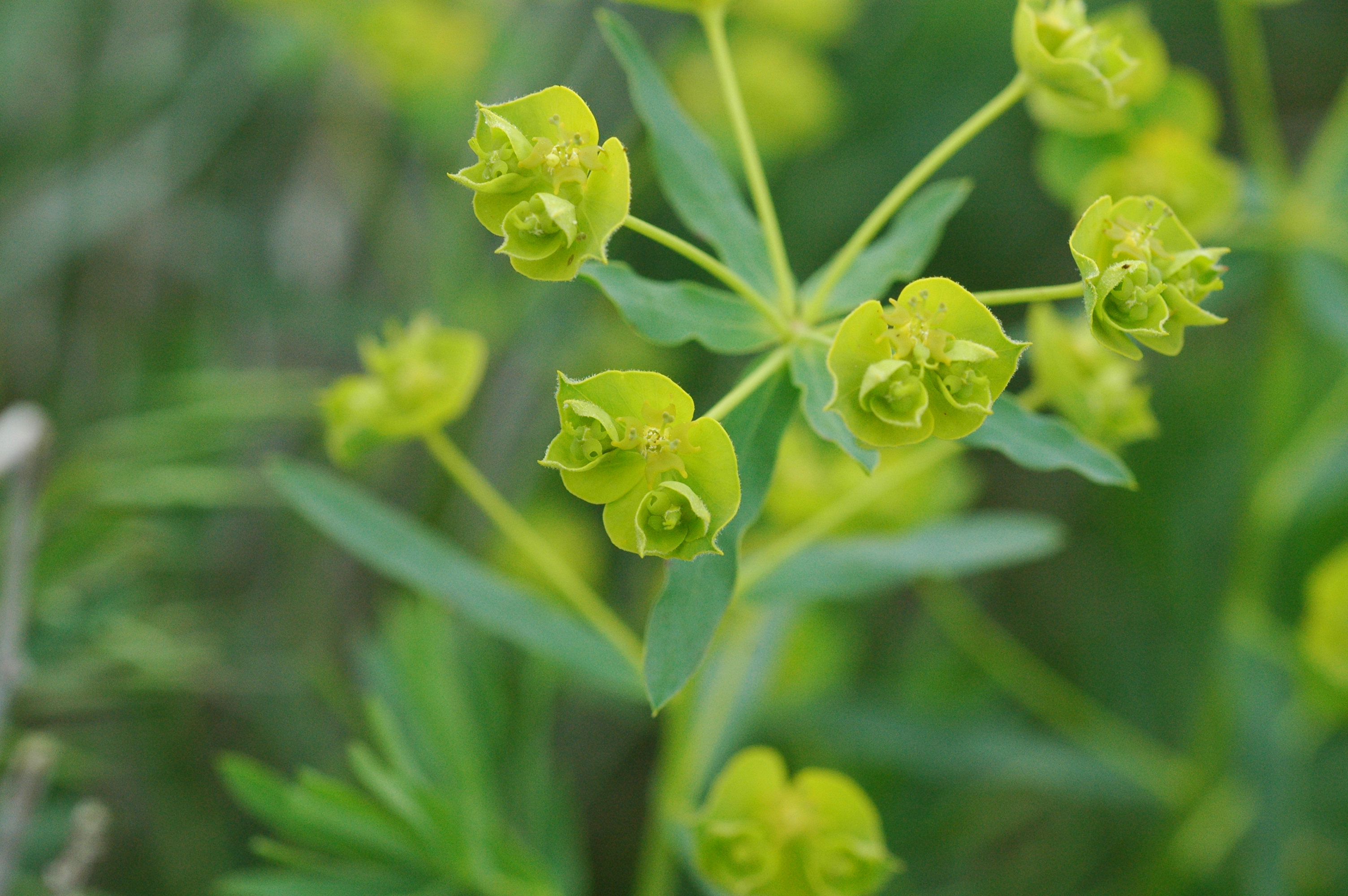
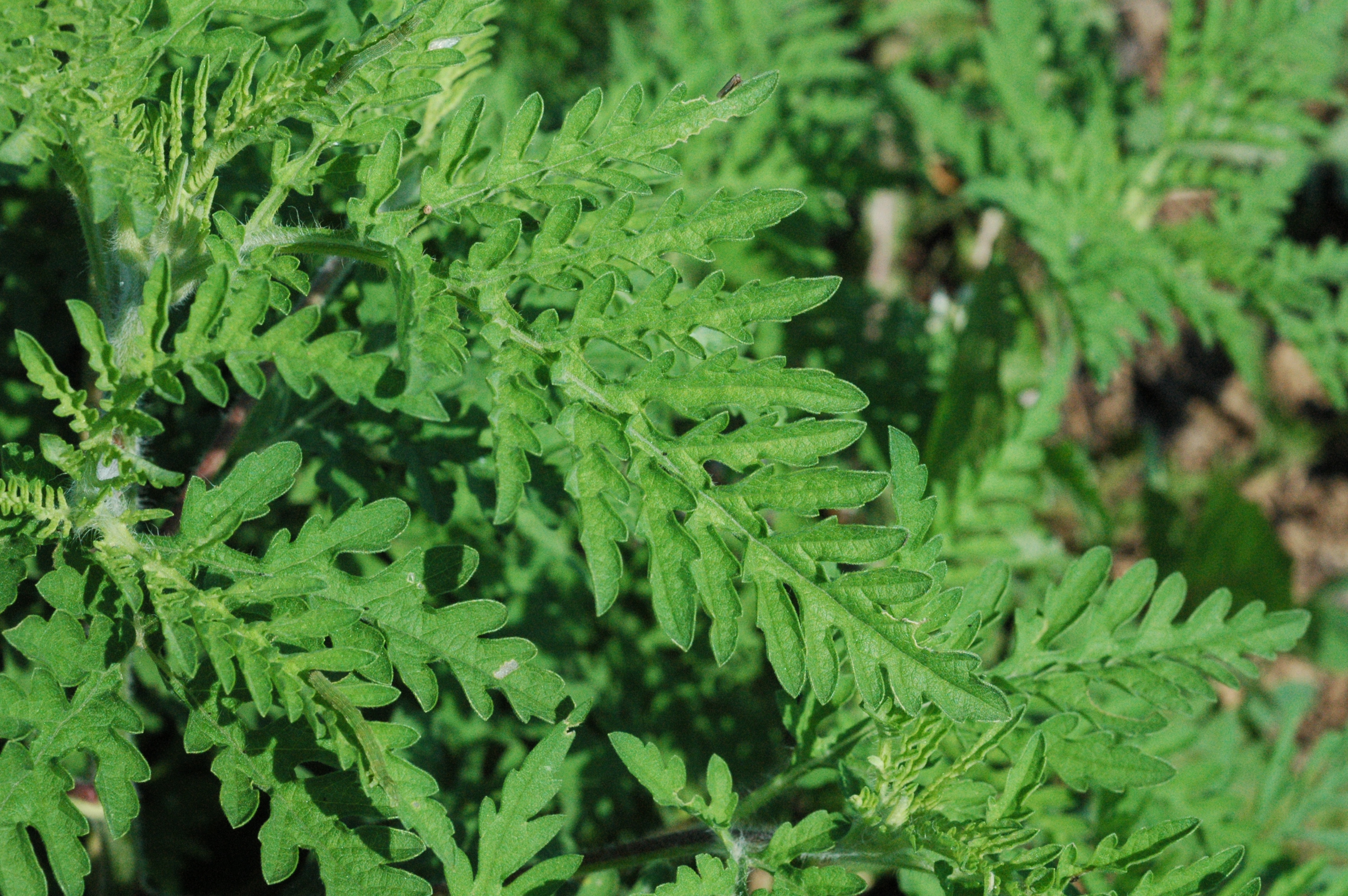
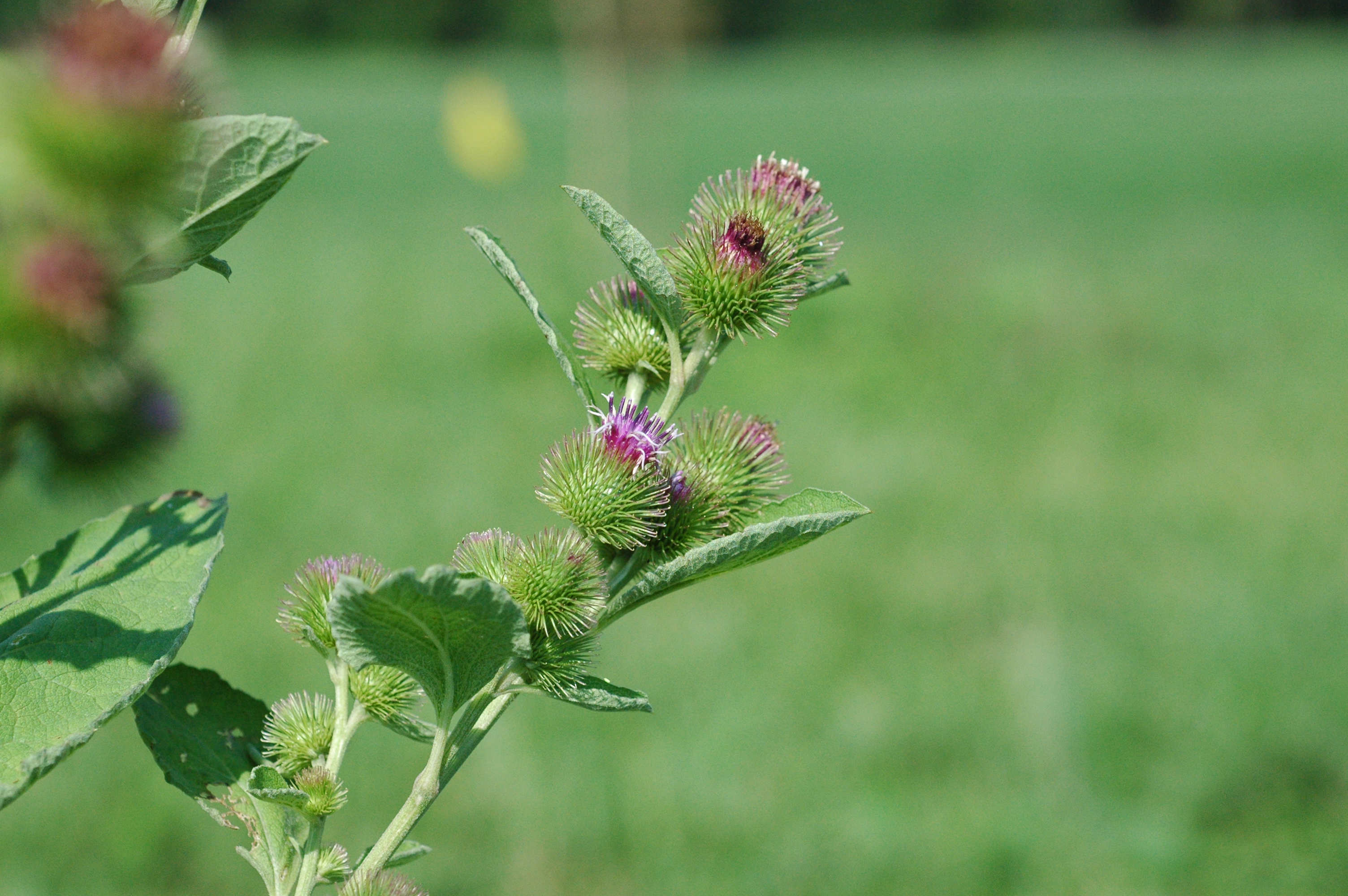
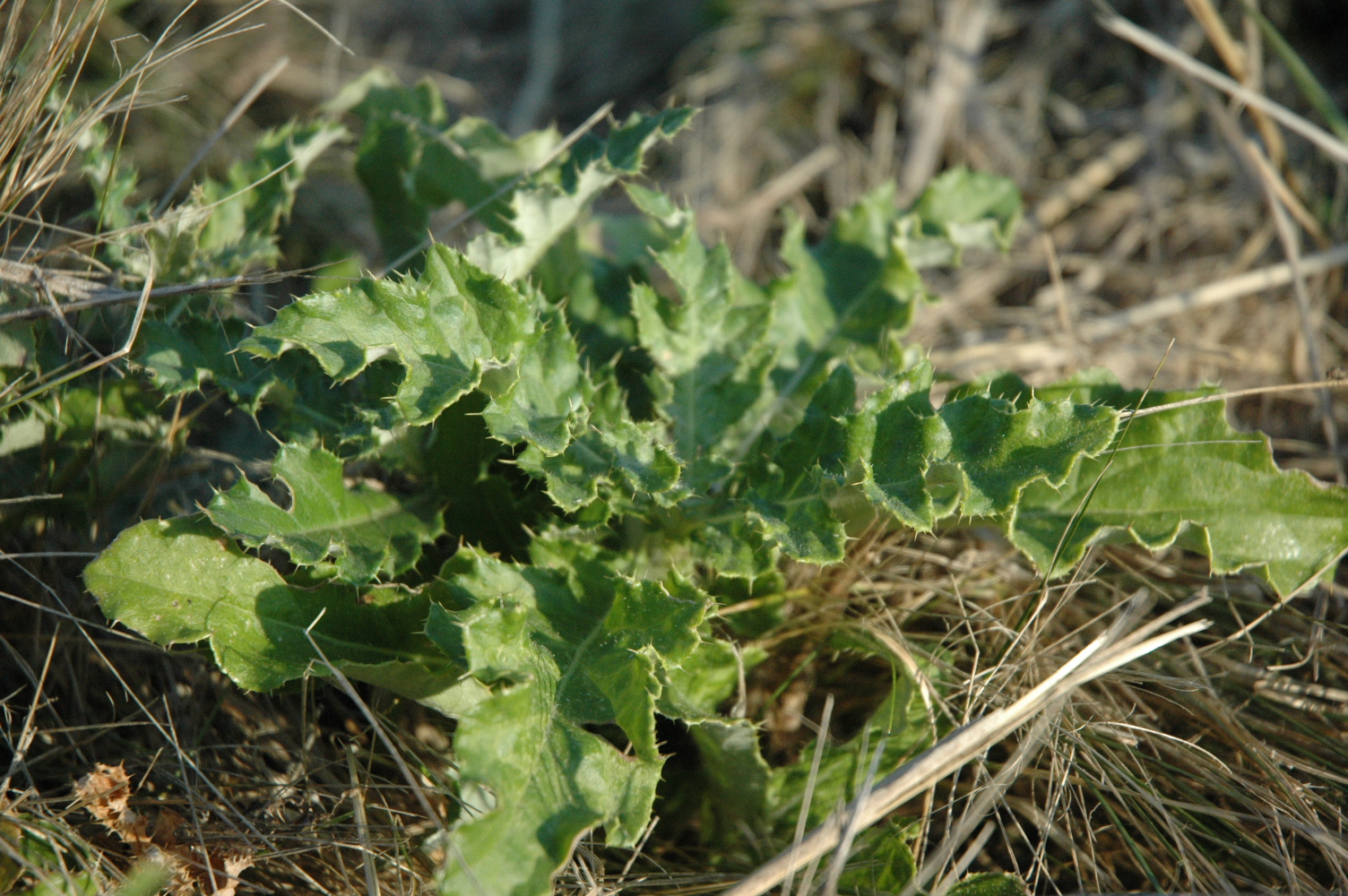
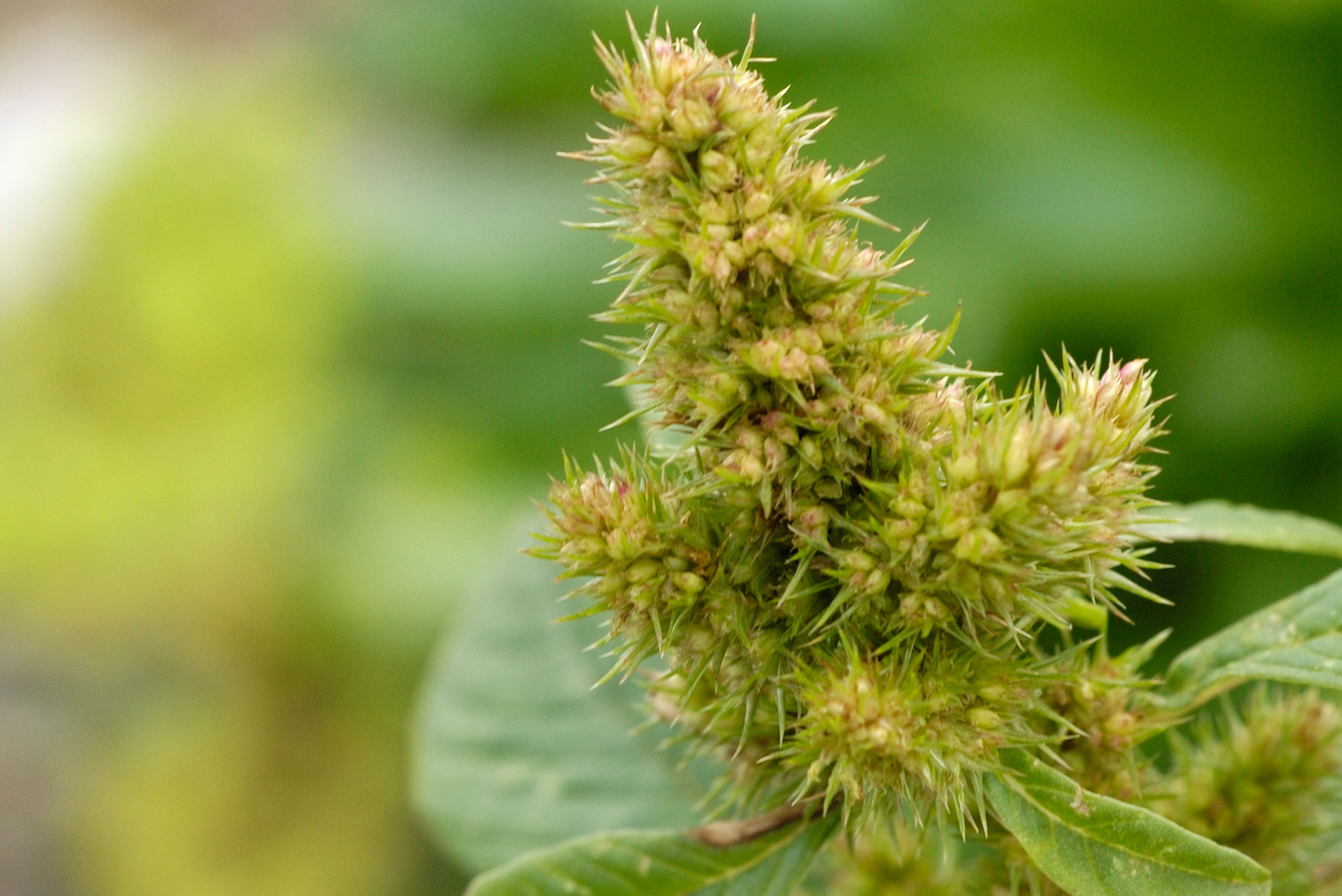

Logos
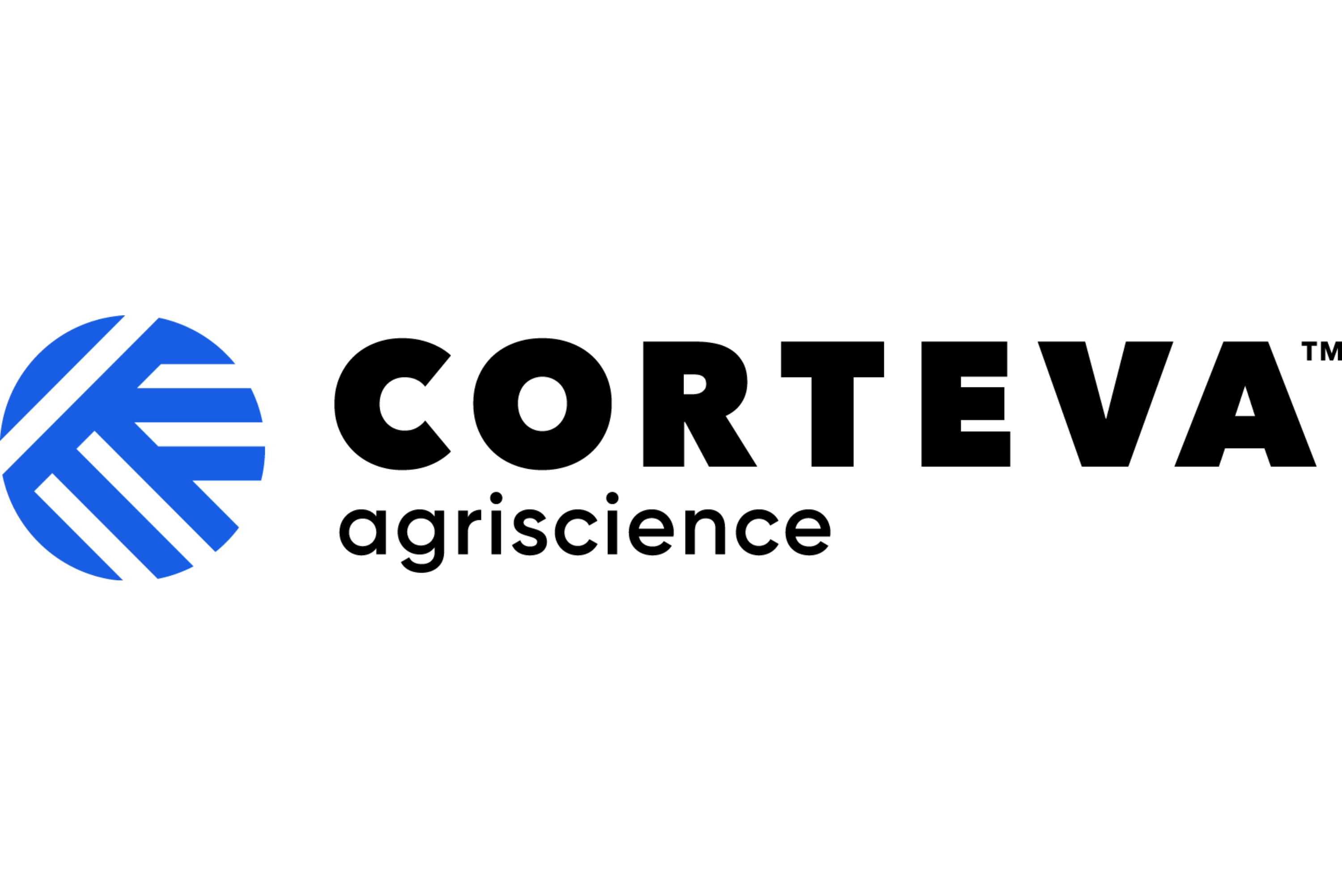


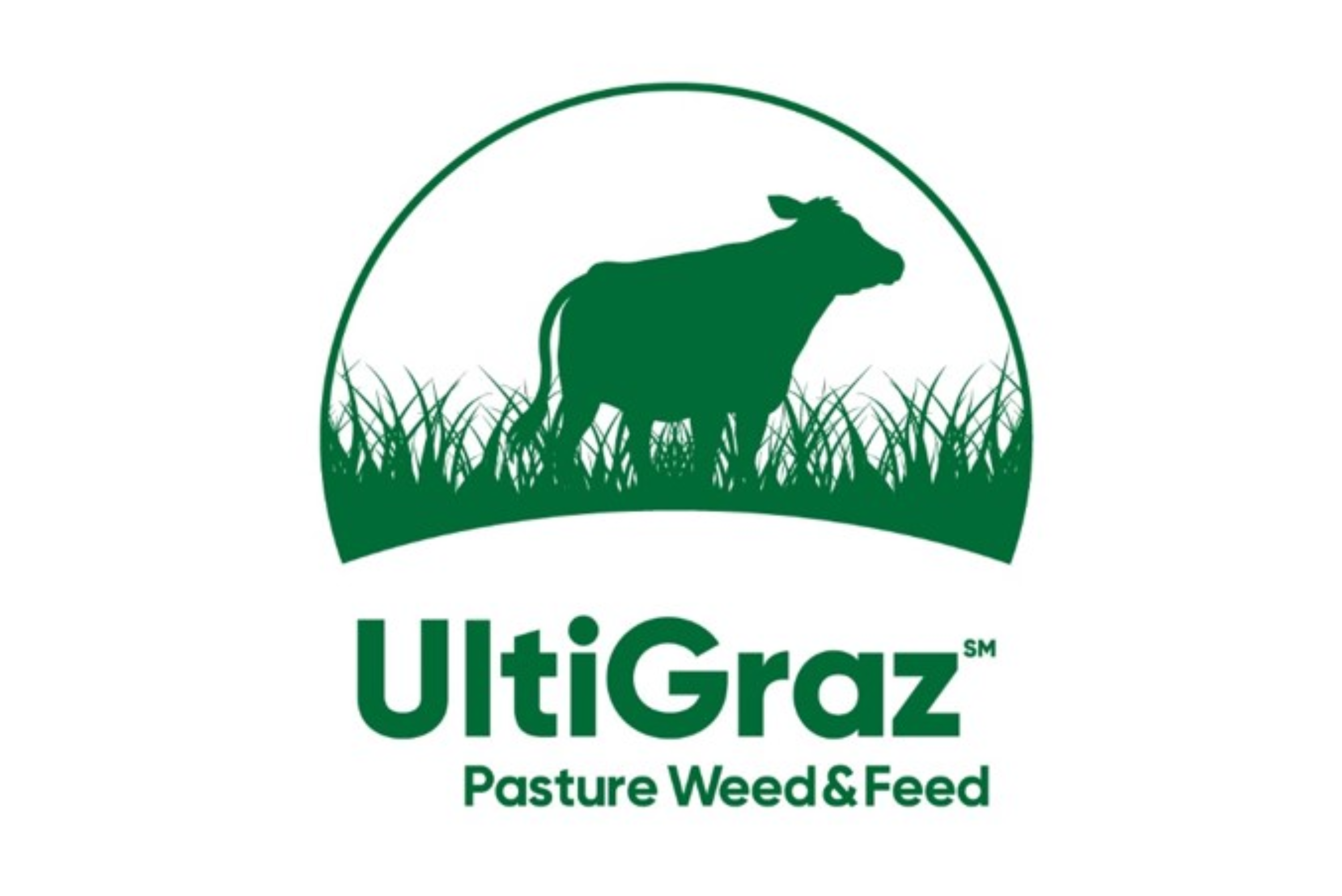
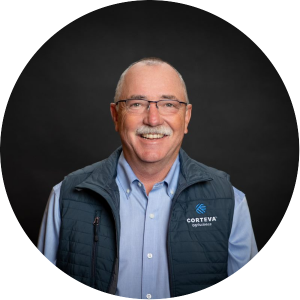
Jerome Otto is a Market Development Specialist in Scottsbluff, Nebraska. In his role, he is responsible for research and development efforts. Otto’s focus area is in western rangeland management.
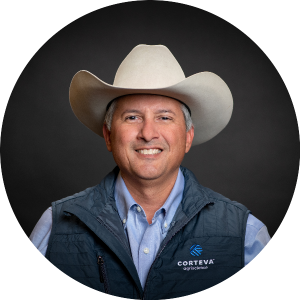
Benny Martinez is a Market Development Specialist in Bishop, Texas. Martinez is responsible for prescribing weed and brush control solutions to producers and retailers in South Texas. Consider Martinez an excellent source for stories covering mesquite and complex brush control topics.

Sam Ingram is an integrated field scientist based in Savannah, Georgia. In his role, Ingram is responsible for research, field trials and technical support. Ingram was raised on a beef cattle operation in northwestern Georgia, brings years of industry knowledge and is an expert on forage use and renovation strategies.

Will Hatler is an integrated field scientist based in Meridian, Idaho. He is responsible for research and product development and provides technical and sales support for the Pasture Management business across the western United States.
Range & Pasture Specialists
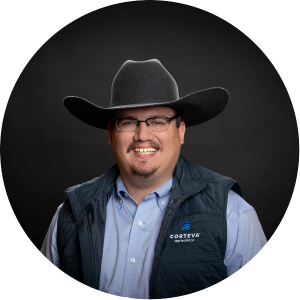
Colton Spencer is a Range & Pasture Specialist in Sherman, Texas. He advises producers and retailers on pasture weed and brush control solutions.
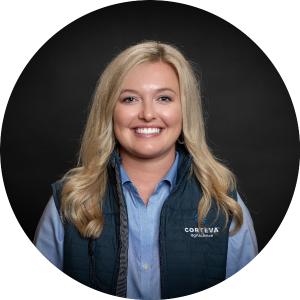
Katie Koenig is a Range & Pasture Specialist in Sidney, Nebraska. In her role, Koenig helps producers and retailers in Colorado, western Kansas and western Nebraska, develop rangeland management plans. Consider her a go-to source for drought recovery.

Brant Mettler is a Range & Pasture Specialist in Sarcoxie, Missouri. He advises producers and retailers on pasture weed and brush control solutions. As a producer himself, Mettler is an excellent source for stories on improving pasture production.

Abe Smith is a Range & Pasture Specialist in Kearney, Nebraska. He advises producers and retailers on pasture weed and brush control solutions.
Leadership Team

Brent Stauffacher is the Business Lead for Pasture and Land Management in Indianapolis. He leads marketing initiatives to provide leading solutions to farmers and ranchers for pasture management.
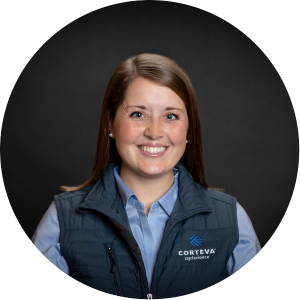
Morgan Bohlander is a Marketing Category Lead for the Range & Pasture business. In her role, she leads the portfolio strategy through a balance of product line management and understanding needs of farmers and ranchers to aid in the development and launch of new products and technologies.

†Restricted Use Pesticide
™ ® Trademarks of Corteva Agriscience and its affiliated companies.
© 2025 Corteva.
